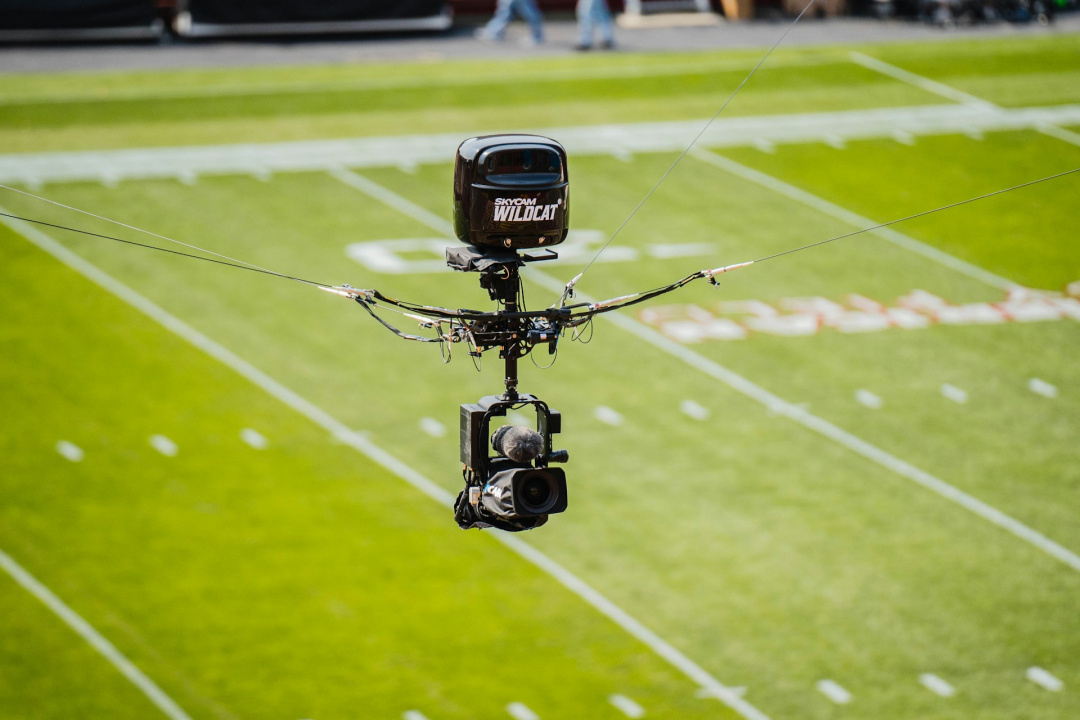
24 Oct Maximizing Performance Analysis: The Role of Technology and the Art of Asking the Right Questions
In high-level sports, where athletes have already reached peak physical condition and match strategies leave no detail overlooked, analyzing every small aspect and improving technical gestures becomes essential.
Technology plays a critical role in measuring performance in sports, while mathematics and physics allow for the creation of accurate models that simulate reality. In the world of sports, mathematics, data science, and physics are used to provide athletes and coaches with advanced metrics for technical, tactical, and athletic analysis, all aimed at improving performance.
It’s crucial that easy-to-use tools are provided to athletes and technical staff, tools that do not disrupt training routines and can automatically offer quick, essential insights.
However, while technology enables precise data collection, its true value emerges when combined with the ability to ask the right questions and interpret the answers correctly. Coaches and athletes must carefully consider which types of technology and data align with their specific needs. Asking the right questions and understanding the limits and advantages of various data sources are essential skills for making informed decisions and gaining a competitive edge.
This article offers an overview of the most commonly used data sources and technologies in high-level sports, their key applications, and the importance of critical thinking in interpreting the insights they generate.
Data Sources in Sports
Video Recordings
Video is arguably the most common data source for sports organizations at all levels. Since the 1990s, clubs have begun installing fixed and/or mobile camera systems to record games and training sessions. Video is a very useful tool for communicating with athletes, making them aware of their technique or actions on the field.
Athletes in sports like baseball, cricket, softball, or golf leverage the insights gained from video analysis for biomechanical evaluations aimed at improving individual techniques. Thanks to computer vision, a branch of artificial intelligence that allows computers to extract information from images and videos, it is possible to capture data on athletes’ movements without the need for body sensors. Pose estimation is a computer vision technique that tracks a person’s or object’s movements by automatically identifying “key points.” Based on these key points, various movements and postures can be compared across repetitions. These analyses help athletes become aware of their strengths and weaknesses, allowing for targeted training preparation.
Optical Tracking Data
In elite-level football, basketball, and hockey, stadiums are equipped with advanced camera systems that, again using computer vision and artificial intelligence, collect optical tracking data. These data points represent the (x, y) coordinates of all players and the ball at any given moment, as if laid out on a Cartesian plane. Optical tracking technologies capture the position of athletes and the ball at least 10 times per second with high accuracy—typically, the margin of error is less than a meter. At the end of a match, a rich dataset is generated: for a football game, this amounts to over three million data points!
This data enables the creation of metrics to evaluate, on one hand, the athletic performance of players, their ability to occupy space, and move effectively, and on the other hand, the team’s collective performance. In this sense, tactical analysis of opponents is becoming an increasingly adopted tool by top-level teams, both in domestic and international competitions, to identify strengths, weaknesses, tendencies, and recurring patterns. Optical tracking data allows for precise and comprehensive analysis, as it includes data from all players and the ball.
Event Data
“Event data” refers to manual annotations, initially made by a staff member known as a “scout.” These annotations describe individual events during a game and assign a subjective evaluation. These data are commonly collected in football, basketball, and volleyball: scouts use notation systems in real-time during the match to describe actions and note potential countermeasures for subsequent phases of the game. After the match, a detailed review is conducted to produce a complete statistical report. While this data source is appreciated by coaches because it allows them to gather personalized information aligned with their game philosophy, it is essential to establish shared rules for recording and evaluation. Generally, no standardized practices or conventions exist in this area, as this data source is influenced by a subjective component.
Technologies Driving Performance Improvement
Computer Vision and Pose Estimation
Computer vision, a field of AI, allows computers to extract information from images and videos, such as tracking athlete movements without the need for body sensors. Pose estimation is a key technique that identifies “key points” in an athlete’s posture, enabling detailed comparisons of movements and postures. This helps athletes improve their technique by analyzing strengths and weaknesses.

Wearable sensors
Wearable sensors are revolutionizing the way athletic performance is monitored. Sensors embedded in clothing or devices like wristbands and footwear can track real-time physiological data such as heart rate, speed, workload, and movement patterns. This data not only helps athletes optimize their training but also assists in injury prevention by monitoring fatigue and muscle stress. Some advanced devices can even provide detailed analysis of recovery and sleep quality, enhancing overall athletic preparation.
Augmented reality & Virtual reality
Augmented reality (AR) and virtual reality (VR) are also making a growing impact in training sessions. VR allows athletes to simulate game scenarios in controlled environments, improving decision-making skills under pressure and visualizing complex game situations. AR, on the other hand, can be used to overlay tactical information in real time during training, making technical and strategic reviews more effective. These technologies open up new possibilities for both mental and physical preparation of athletes.
The Importance of Asking the “Right Questions” and Interpreting the “Answers” Correctly
One of the added values of adopting innovative technologies is the objectivity with which data is generated—they are not influenced by an observer’s interpretation. When it comes to precision, optical tracking systems generally provide more reliable and accurate data due to their configuration with dedicated cameras. However, each type of data has its advantages and disadvantages, not just in terms of accuracy.
Combining different data sources from the same match allows the construction of a richer dataset, offering a comprehensive view of performance by contextualizing technical, tactical, and athletic aspects.
Technical staff and athletes should carefully consider their needs and resources when deciding which type of technology to adopt. Not all data can answer every question: knowing the advantages and disadvantages of each resource/data source allows them to be used optimally, building analyses that support informed decisions and maximize competitive advantage.
Asking the right questions, interpreting metrics and analyses correctly are often undervalued but crucial skills: while the ability to ask the right questions comes with experience, the ability to interpret data is gained through knowledge and study in disciplines like mathematics and statistics.
